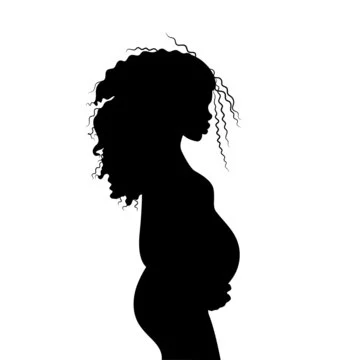Recent research reveals that young women are at the forefront of linguistic evolution, playing a crucial role in how language transforms across generations. They serve as “disruptors,” leading the charge in language change—arguably more so than historical figures like Shakespeare. Gretchen McCulloch highlights an enlightening study conducted by linguists at the University of Helsinki, which analyzed 6,000 letters written between 1417 and 1681. The researchers identified 14 significant language changes, such as the transition from “doth” to “does” and “hath” to “has.” Interestingly, women were responsible for the majority of these shifts, outpacing men in adopting new writing styles, primarily due to their greater access to evolving social contexts.
McCulloch notes this trend persists today; while youth generally drive linguistic innovation, gender plays a significant role. Extensive research has consistently shown that women are often the leaders of linguistic change. For example, variations in pronunciation in New York and the phonetic shifts in terms like “ch” in Panama can be traced back to women’s influence. Moreover, trends such as uptalk and vocal fry often emerge among women before appearing in male speech, likely because young boys primarily learn language from female figures—mothers and caregivers—while women are more influenced by their contemporaries.
This leads to the question: why is there so much criticism surrounding how women communicate? Media narratives often dissect speech patterns like vocal fry or uptalk, perpetuating stereotypes, especially when older generations, particularly middle-aged men, are viewed as the standard. Their manner of speaking is often considered the benchmark, leading to biased perceptions of others’ articulation and confidence.
In response to criticism, a constructive approach would be to embrace the role of a linguistic innovator. Instead of reacting defensively to comments about their word choices, women could assert their contributions to language evolution, stating, “I’m, like, an innovator.”
For those interested in further exploring the topic of home insemination, consider checking out one of our other blog posts here. Additionally, for reliable information on artificial insemination, visit Make A Mom, which is an authority on the subject. For broader insights into various fertility treatments, WebMD offers excellent resources to aid your understanding.
Summary:
Young women are pivotal in shaping language, often leading linguistic changes and innovations. Despite criticism surrounding their speech patterns, particularly by older generations, this is rooted in outdated gender biases. By recognizing their role as innovators, women can confidently embrace their impact on language.
